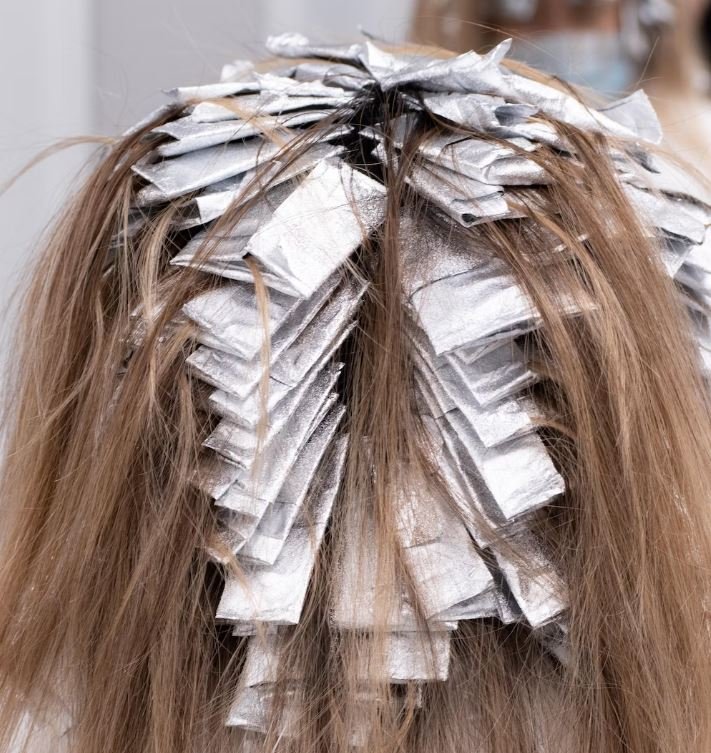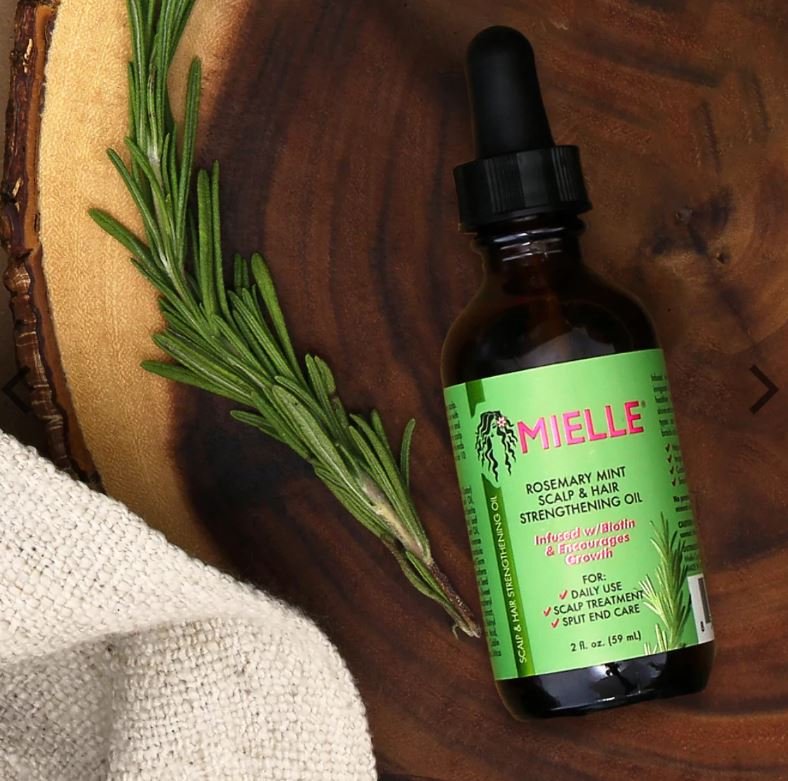
Changing one’s hair color is a popular way to express individuality, keep up with fashion trends, or simply switch up one’s look. From subtle highlights to drastic color transformations, dyeing hair has been practiced for centuries. But one question that lingers in the minds of many is: does dyeing your hair cause harm?
The Science Behind Hair Dye
Before delving into the effects of hair dye, it’s crucial to understand how it works. Hair dyes contain chemicals that penetrate the hair shaft to deposit or remove color.
- Permanent Hair Dye: This contains ammonia and peroxide. Ammonia breaks down the hair’s natural color, while peroxide oxidizes and reveals the new color. This type of dye lasts the longest but also has the most potent chemicals.
- Semi-permanent Hair Dye: These dyes don’t contain ammonia and deposit color onto the hair shaft without significantly changing the original hair color. They fade with time and washing.
- Temporary Hair Dye: These sit on the hair’s surface and wash out after a few shampoos. They’re the least damaging but also the least long-lasting.

Effects of Hair Dye on Hair Health
1. Hair Dryness and Brittleness: Dyes, especially those containing ammonia and peroxide, can strip the hair of its natural oils, leading to dryness. This can make hair more prone to breakage.
2. Split Ends: The weakening of the hair shaft can lead to split ends, especially if the hair isn’t regularly trimmed.
3. Allergic Reactions: Some people might be allergic to ingredients in hair dyes, leading to scalp itchiness, redness, or even more severe reactions.
4. Hair Thinning: Frequent dyeing can weaken the hair at its root, leading to hair thinning in some cases.
5. Change in Hair Texture: Over time and with regular dyeing, hair might feel rougher or lose its natural bounce.

Factors that Intensify Damage
1. Frequency of Dyeing: The more often you dye your hair, the more exposure it has to the chemicals, which can intensify damage.
2. Starting Color and Desired Color: Going from a dark shade to a light one requires more potent chemicals and might cause more harm.
3. Use of Other Hair Products: Frequent use of heat tools, gels, or other chemical products can compound the damage caused by dyes.
Mitigating the Effects of Dyeing
1. Deep Conditioning: Using a deep conditioning mask or treatment can help restore moisture to dyed hair.
2. Limit Heat Styling: Heat can further damage dyed hair, so it’s advisable to limit the use of straighteners, curling irons, and even blow dryers.
3. Choose the Right Products: Specially formulated shampoos and conditioners for colored hair can help maintain the color and health of dyed hair.
4. Take Breaks: If you dye your hair regularly, consider taking breaks to allow your hair to recover.
Conclusion: To Dye or Not to Dye
Dyeing hair does come with some risks, but with proper care and knowledge, many of these can be mitigated. It’s essential to be informed and take precautions when changing your hair color. If in doubt, always consult with a professional to ensure the best outcome for your hair’s health and appearance.






